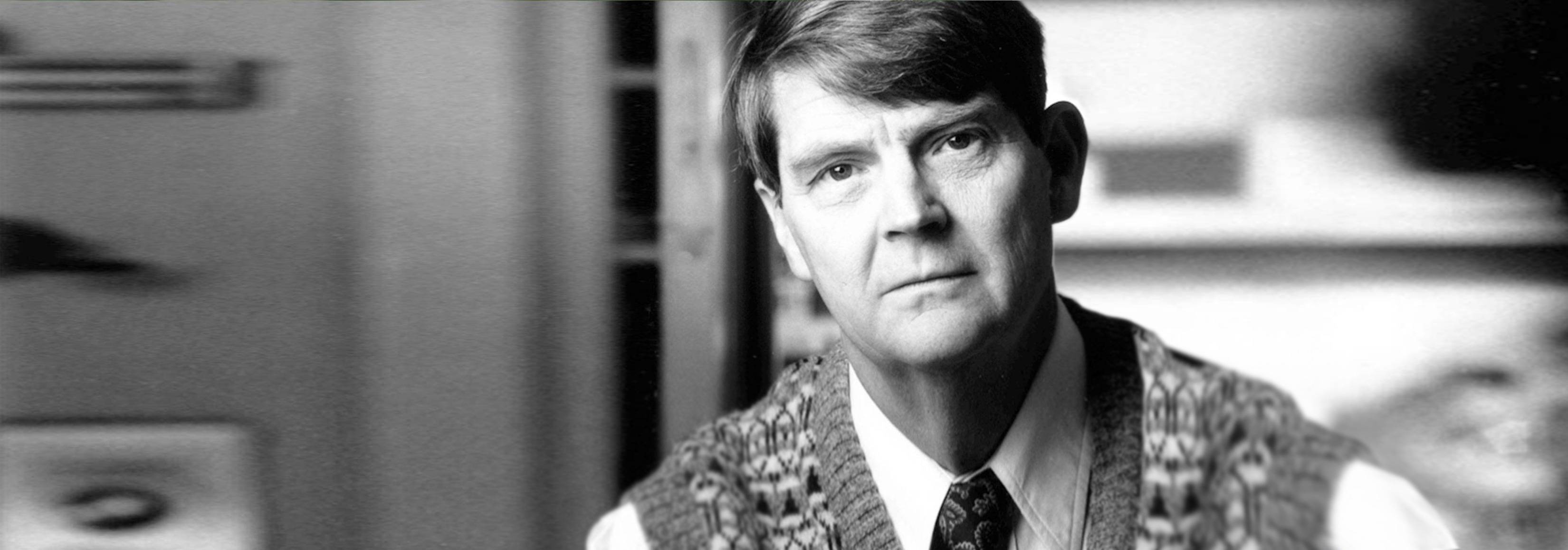Having affected untold millions of people worldwide, meningitis has posed a global public health concern for well over a century. A potentially fatal inflammation of the protective membranes that surround the brain and spinal cord, the disease can kill within 24 hours and often leaves survivors with irreparable neurological damage. Meningitis can arise from numerous causes, including infection by any number of viral or fungal pathogens, internal bleeding, cancer and various immune diseases. The most common source, however, is a bacterium: Neisseria meningitides, the source of countless epidemics across the world and the target of decades of intense bacteriological research. When Rockefeller University scientist Emil C. Gotschlich introduced the first meningitis vaccine in 1970, he turned the tables on this deadly scourge, work that earned him a share of the 1978 Albert Lasker Clinical Medical Research Award.
Blood vessels around the brain are armored in a layer of cells that shields brain tissue from toxins that might otherwise enter it from the bloodstream. If, however, a microbe that has set up camp in another part of the body is strong enough to hold its own against the host’s immune system and then succeeds in multiplying, it can overwhelm the brain’s defense system and gain entry. The brain’s fortification, commonly known as the blood-brain barrier, also serves to make treatment of brain infections more difficult, as medicines have to either be unusually strong or play the Trojan horse to get inside. Sulfonamide drugs first used in the 1940s to contain outbreaks of meningitis had lost their effectiveness in the face of drug-resistant bacteria less than 20 years later. Serving as a captain in the Medical Corps of the Walter Reed Army Institute of Research in the late 1960s — where bacterial meningitis was sweeping through recruits like a blitzkrieg — Dr. Gotschlich set his sights not on finding a better cure, but on creating a vaccine to prevent infection in the first place.
He focused on antigens. Meningococcus is one of a unique group of bacteria whose antigenic power is found not in the germ itself but in a smooth protective capsule that surrounds it. Working with pneumococci in the 1920s, Rockefeller scientists Oswald T. Avery and Michael Heidelberger had revealed the structure of the capsule to be a polysaccharide — the “sugar-coated microbe,” as Dr. Avery called it. As Dr. Gotschlich would later find with meningococcus, Dr. Avery and his colleagues determined that the reason different strains of pneumoccocus produce different immune reactions is that the structure of each strain’s polysaccharide capsule is slightly different. Hidden within the complex chemical network of each capsule is a unique piece, like a signature, that alone elicits antibodies. Dr. Gotschlich’s task — to find the signature for the strain known as Group C meningococcus — took two years of experiments isolating, purifying and testing the immune reactivity of various pieces of the vast polysaccharide puzzle.
The vaccine Dr. Gotschlich first tested at Walter Reed in 1970 is now administered to all American military personnel at enlistment, and the disease has virtually disappeared from military bases. The first vaccine to be standardized based solely on its chemical properties, it is now available in most developed countries and is commonly used to immunize school-age children, one of the groups most vulnerable to the infection. Using the Group C vaccine as a prototype, Dr. Gotschlich later collaborated in developing a vaccine for Group A meningococcus, which proved successful against epidemics in Egypt, Sudan, Finland and elsewhere; vaccines for strains Y and W135 of the bacterium have since been developed as well, and the whole class of vaccines has been used to help stem the frequent, large-scale epidemics of sub-Saharan Africa.
CAREER
Dr. Gotschlich received his M.D. from the New York University School of Medicine in 1959. He interned at Bellevue Hospital in New York before joining The Rockefeller University’s Laboratory of Bacteriology and Immunology in 1960 under the coleadership of Maclyn McCarty and Rebecca C. Lancefield. He was promoted to professor and senior physician at The Rockefeller University Hospital in 1978. From 1996 to 2005 he served as the hospital’s vice president for medical sciences. In addition to the Lasker Award, Dr. Gotschlich received the 1974 Squibb Award from the Infectious Diseases Society of America. He is a member of the National Academy of Sciences and its Institute of Medicine.
